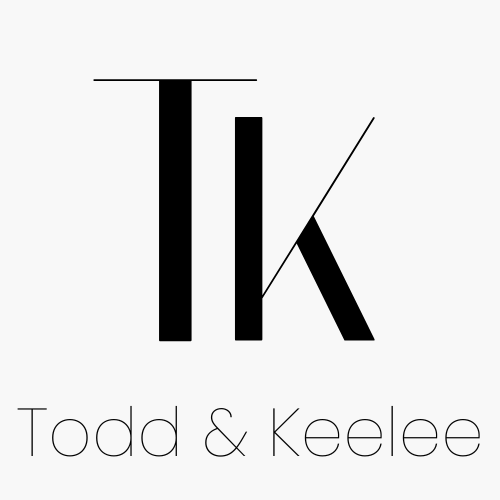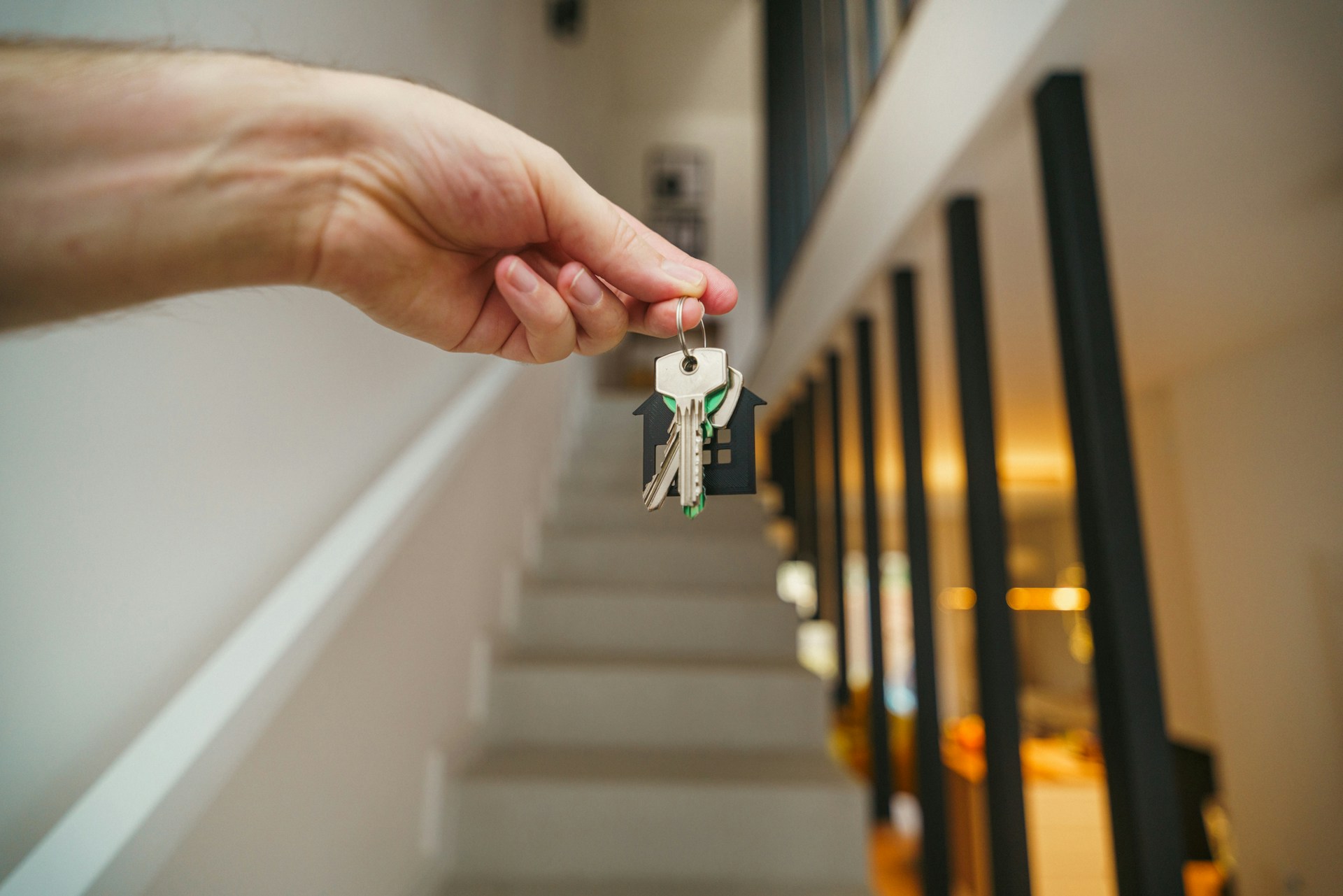Property ownership represents one of the most reliable paths to building long-term wealth, but success depends heavily on your ability to generate consistent, substantial returns. Whether you’re managing a single rental unit or overseeing multiple properties, the difference between mediocre and exceptional performance often comes down to strategic decision-making and proactive management practices.
The rental market continues to evolve, with new technologies, changing tenant expectations, and shifting economic conditions creating both opportunities and challenges for property owners. Understanding how to navigate these changes while implementing proven strategies can significantly impact your bottom line.
This comprehensive guide will explore actionable methods to enhance your property’s financial performance, from setting competitive rates to maintaining tenant satisfaction. You’ll discover practical approaches that successful landlords use to maximize returns while minimizing vacancy periods and operational headaches.
Setting the Right Price Point
Research Your Local Market
Accurate pricing forms the foundation of successful property management. Begin by analyzing comparable properties within a one-mile radius of your rental. Focus on units with similar square footage, amenities, and condition levels. Online platforms like Zillow, Apartments.com, and local rental websites provide valuable data points for market analysis.
Consider seasonal fluctuations in your area. College towns experience peak demand during academic year transitions, while vacation destinations may command premium rates during tourist seasons. Adjust your pricing strategy accordingly to capture these market movements.
Factor in Property Enhancements
Properties with modern amenities consistently command higher rental income. Essential upgrades that justify premium pricing include:
- Updated kitchens with stainless steel appliances and granite countertops
- Energy-efficient features such as LED lighting and programmable thermostats
- Smart home technology including keyless entry and security systems
- In-unit laundry facilities or convenient laundry access
- Outdoor spaces like balconies, patios, or garden access
Document these improvements with professional photographs to showcase value during tenant screenings and lease renewals.
Implement Dynamic Pricing Strategies
Consider adopting flexible pricing models that respond to market conditions. Increase rates during high-demand periods and offer competitive pricing during slower seasons. This approach helps maintain consistent occupancy while optimizing revenue throughout the year.
Attracting High-Quality Tenants
Craft Compelling Property Listings
Your rental listing serves as the first impression for potential tenants. High-quality photographs showcasing each room’s best features significantly impact inquiry rates. Include detailed descriptions highlighting unique selling points and neighborhood advantages.
Emphasize practical benefits that matter to renters: proximity to public transportation, nearby schools, shopping centers, and recreational facilities. These details help qualified candidates envision themselves living in your property.
Implement Thorough Screening Processes
Effective tenant screening protects your investment and reduces turnover costs. Establish clear criteria, including:
- Credit score requirements (typically 650 or higher)
- Income verification (monthly income should exceed 2.5-3 times the rent)
- Employment history showing stable work patterns
- Previous landlord references confirming responsible tenancy
- Background checks to identify potential red flags
Consistent application of these standards helps ensure reliable tenants who pay on time and maintain your property appropriately.
Offer Competitive Lease Terms
Flexible lease options can attract quality tenants while supporting your financial goals. Consider offering:
- Month-to-month arrangements for higher monthly rates
- Longer-term leases with modest annual increases built in
- Early renewal incentives to retain good tenants
- Pet-friendly policies with appropriate deposits and monthly fees
Reducing Vacancy Periods
Maintain Proactive Communication
Strong relationships with existing tenants reduce turnover rates and associated costs. Regular check-ins demonstrate your commitment to their comfort while providing opportunities to address concerns before they escalate.
Respond promptly to maintenance requests and keep tenants informed about property improvements or policy changes. This professional approach encourages lease renewals and positive referrals.
Schedule Strategic Renovations
Plan major improvements during natural turnover periods to minimize vacancy time. Coordinate painting, flooring updates, and appliance replacements between tenants rather than during occupancy.
Create a standardized turnover checklist, ensuring consistent property conditions for each new tenant. This systematic approach reduces the time between move-out and move-in dates.
Leverage Professional Property Managers
Experienced property managers bring valuable expertise in tenant relations, maintenance coordination, and market analysis. They handle day-to-day operations while you focus on strategic decisions and portfolio growth.
Professional management services typically cost 8-12% of rental income but often pay for themselves through reduced vacancy periods, better tenant retention, and efficient maintenance management.
Controlling Operating Expenses
Preventive Maintenance Programs
Regular maintenance prevents costly emergency repairs while preserving property value. Establish seasonal inspection schedules covering:
- HVAC system servicing before peak usage seasons
- Plumbing inspections to identify potential issues early
- Exterior maintenance including roof, siding, and drainage systems
- Appliance maintenance to extend equipment lifespan
Document all maintenance activities to track patterns and plan future replacements strategically.
Energy Efficiency Improvements
Utility costs represent significant ongoing expenses for many properties. Strategic improvements can reduce operational costs while attracting environmentally conscious tenants:
- Insulation upgrades to reduce heating and cooling costs
- Window replacements for improved energy efficiency
- Water-saving fixtures to lower utility bills
- Landscaping modifications requiring minimal water and maintenance
These investments often qualify for tax credits or utility rebates, further improving your return on investment.
Negotiate Better Service Contracts
Review all service agreements annually to ensure competitive pricing. Obtain quotes from multiple vendors for landscaping, cleaning, and maintenance services. Long-term contracts often provide better rates than month-to-month arrangements.
Leveraging Technology and Innovation
Property Management Software
Modern software solutions streamline operations while improving tenant satisfaction. Key features include:
- Online rent collection with automatic late fee calculation
- Maintenance request tracking with vendor coordination
- Tenant communication portals for efficient information sharing
- Financial reporting tools for better decision-making
These systems reduce administrative burden while providing valuable data for optimizing property performance.
Smart Home Integration
Technology upgrades can justify higher rental rates while reducing operational costs. Popular options include programmable thermostats, smart locks, and security cameras. These features appeal to tech-savvy tenants while providing remote monitoring capabilities.
Building Long-Term Success
Sustainable rental income growth requires balancing immediate returns with long-term property value preservation. Regular market analysis, strategic improvements, and professional management practices create a foundation for consistent profitability.
Focus on building positive tenant relationships while maintaining clear boundaries and expectations. This approach reduces turnover costs, minimizes vacancy periods, and creates a stable income stream that supports your broader investment goals.
Consider expanding your portfolio gradually, using proven strategies from your existing properties to guide new acquisitions. Successful landlord tips often center on systematic approaches that can be replicated across multiple units.
The rental property market rewards owners who combine strategic thinking with hands-on management. By implementing these proven methods and staying responsive to market changes, you can build a portfolio that generates substantial returns while preserving long-term wealth.





